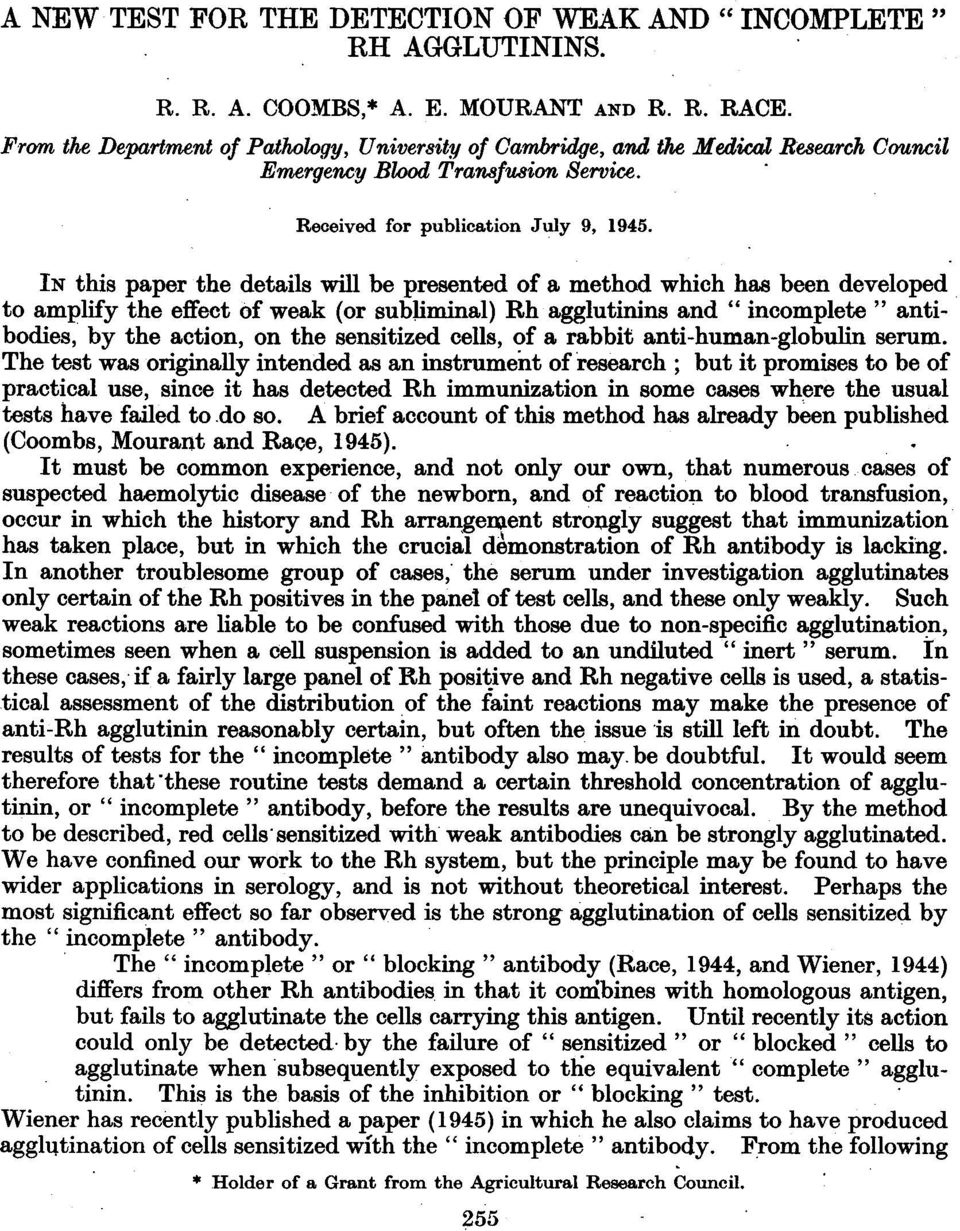
Everything posted by Arno
-
MicroLabTalk: Improperly cooked meat
I just answered this question. My Score FAIL
-
Anatomy and Physiology: Transplantation
I just answered this question. My Score PASS
-
MicroLabTalk: Citrobacter and Salmonella
I just answered this question. My Score FAIL
-
General Lab: HIV
I just answered this question. My Score PASS
-
ChemLabTalk: Biuret method
I just answered this question. My Score PASS
-
Maternal alloantibody, not detected in baby - how long for antigen negative units
For acquired maternal IgG antibodies (which may also be transferred postnatally through breast milk), assessing the antibody specificity (AbS) in the newborn, as previously mentioned, appears to be a reasonable approach. In addition, the Direct Antiglobulin Test (DAT) remains key, and performing an elution is important (even if the DAT result is negative). In your case, the negative DAT suggests that either the anti-N antibody did not cross the placenta, possibly due to being a naturally occurring IgM, and/or the baby is N-negative.
-
MicroLabTalk: Dengue
I just answered this question. My Score PASS
-
General Lab: Virus
I just answered this question. My Score FAIL
-
BloodBankTalk: Anti-Fy3
I just answered this question. My Score PASS
-
BloodBankTalk: Malaria
I just answered this question. My Score FAIL
-
HemeLabTalk: Megathrombocytes
I just answered this question. My Score PASS
-
BloodBankTalk: Kell Blood Group System
I just answered this question. My Score PASS
-
Anatomy and Physiology: Muscle Tissue
I just answered this question. My Score FAIL
-
MicroLabTalk: Genetic exchange in bacteria
I just answered this question. My Score FAIL
-
BloodBankTalk: ABO blood group system
I just answered this question. My Score PASS
-
BloodBankTalk: Anti-hr(B)
I just answered this question. My Score PASS
-
HemeLabTalk: Prolonged bleeding time
I just answered this question. My Score PASS
-
BloodBankTalk: Kell Blood Group System
I just answered this question. My Score PASS
-
MicroLabTalk: Staphylococcus aureus
I just answered this question. My Score PASS
-
General Lab: Kwashiorkor
I just answered this question. My Score PASS
-
BloodBankTalk: Lewis and BMT
I just answered this question. My Score PASS
-
MicroLabTalk: Mycobacterium
I just answered this question. My Score PASS
-
BloodBankTalk: RhD Protein
I just answered this question. My Score FAIL
-
General Lab: Vaccines
I just answered this question. My Score FAIL
-
BloodBankTalk: Partial DIII detection
I just answered this question. My Score PASS

